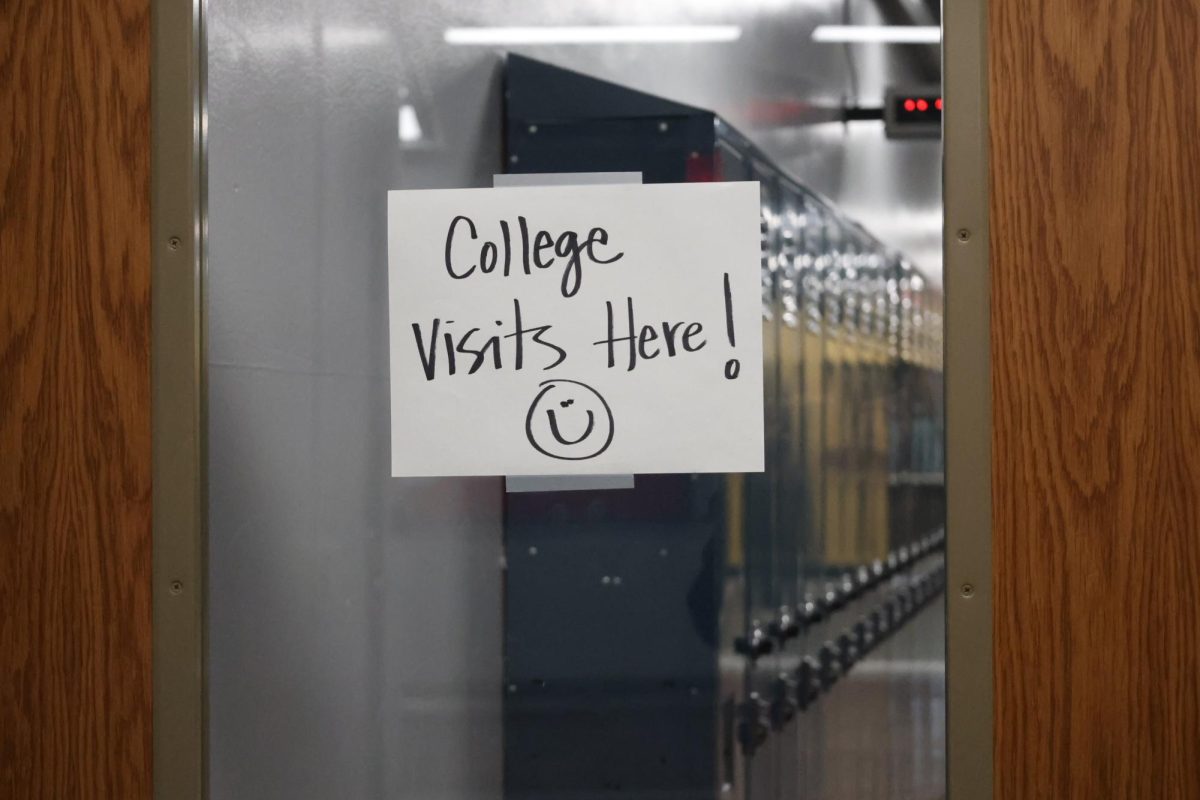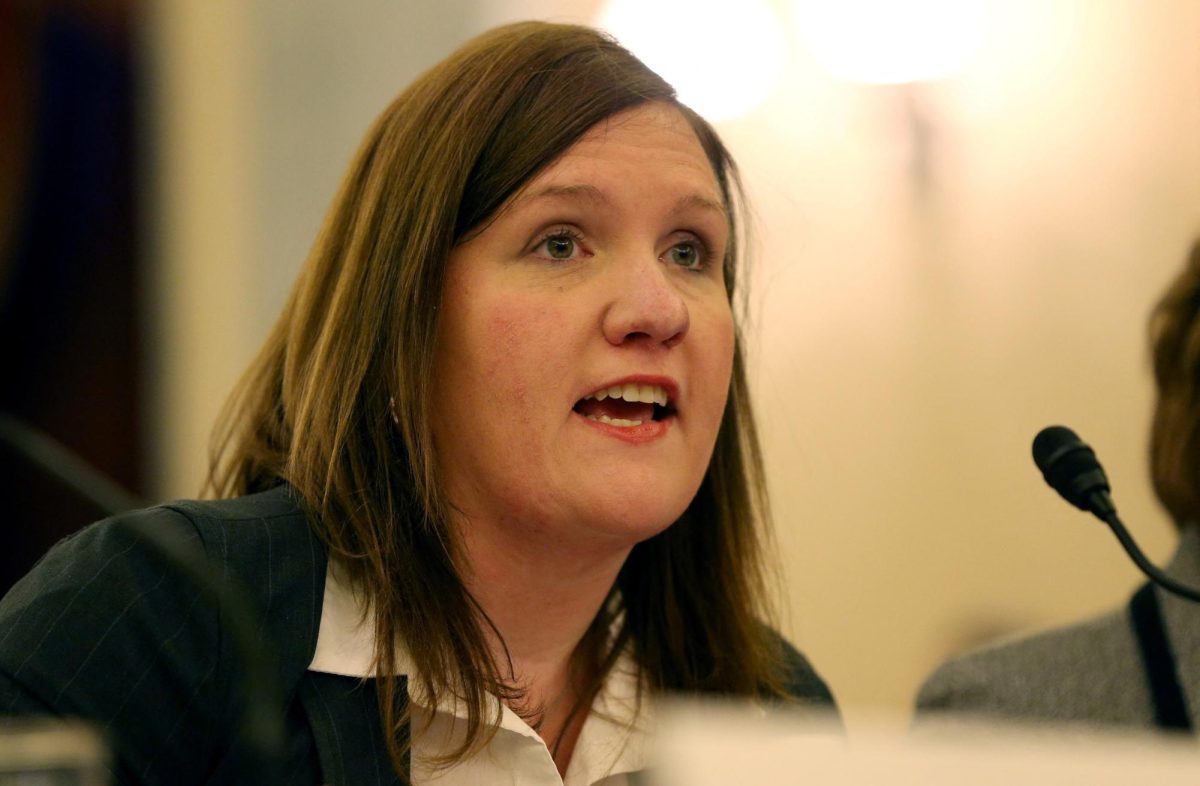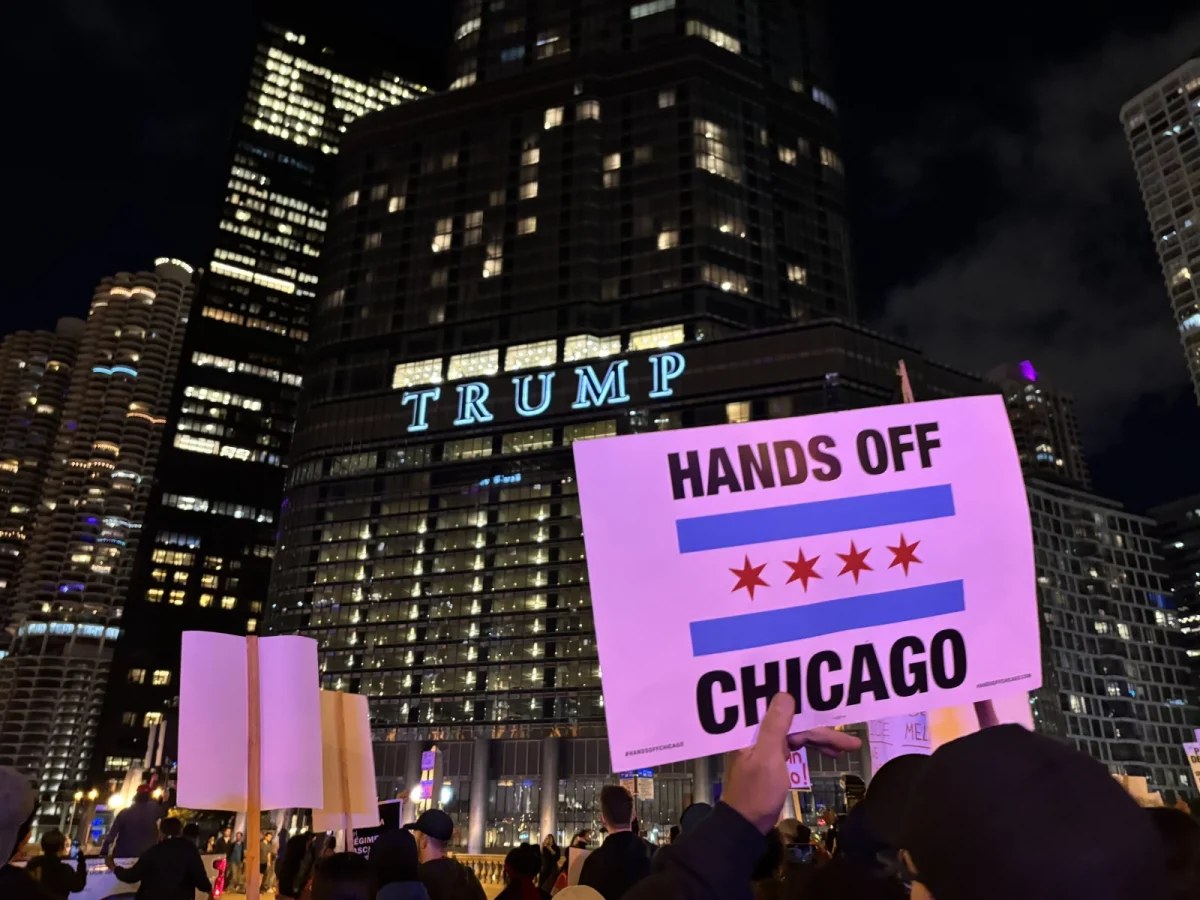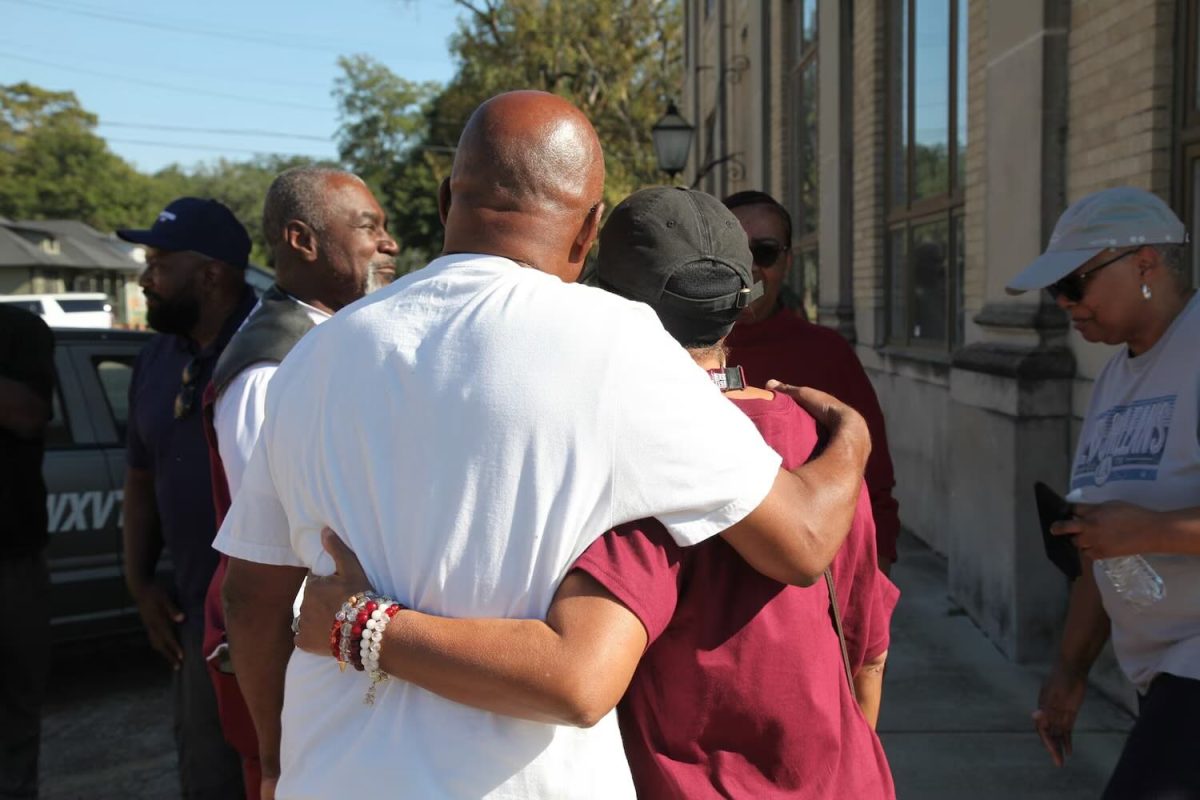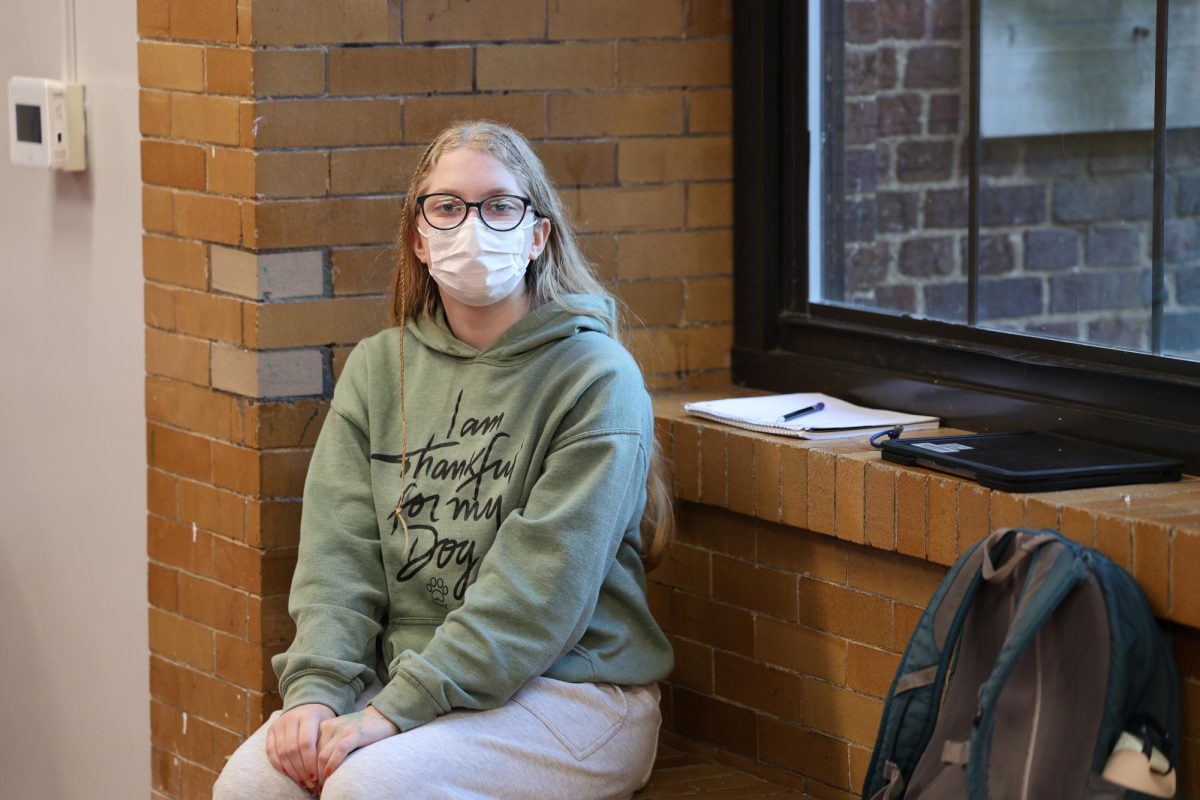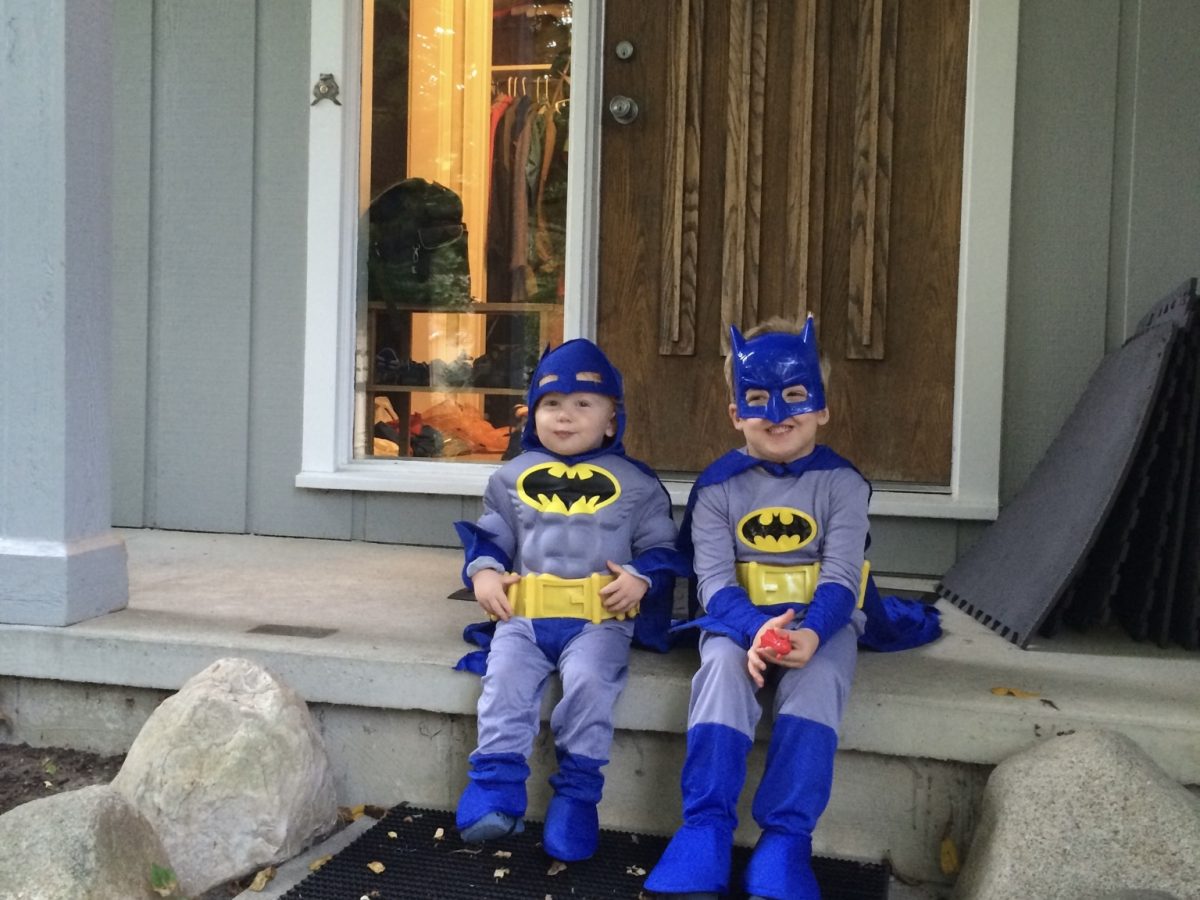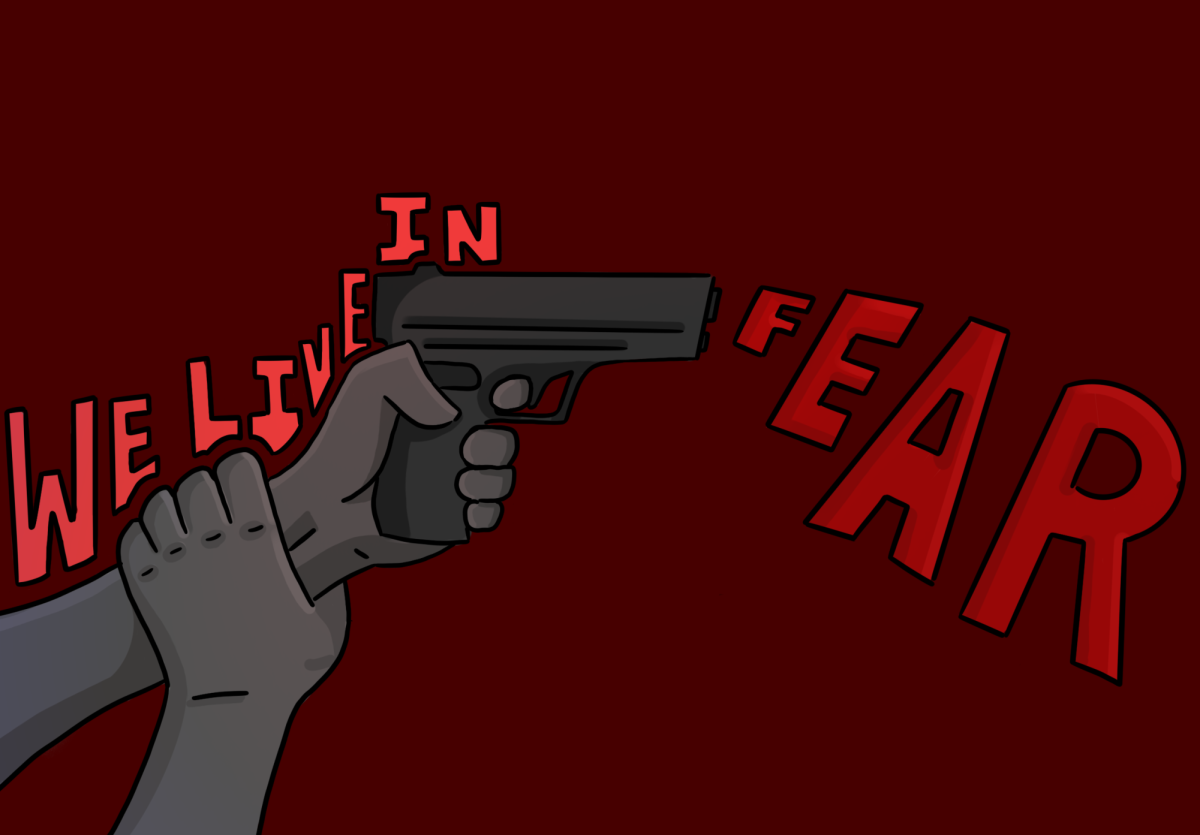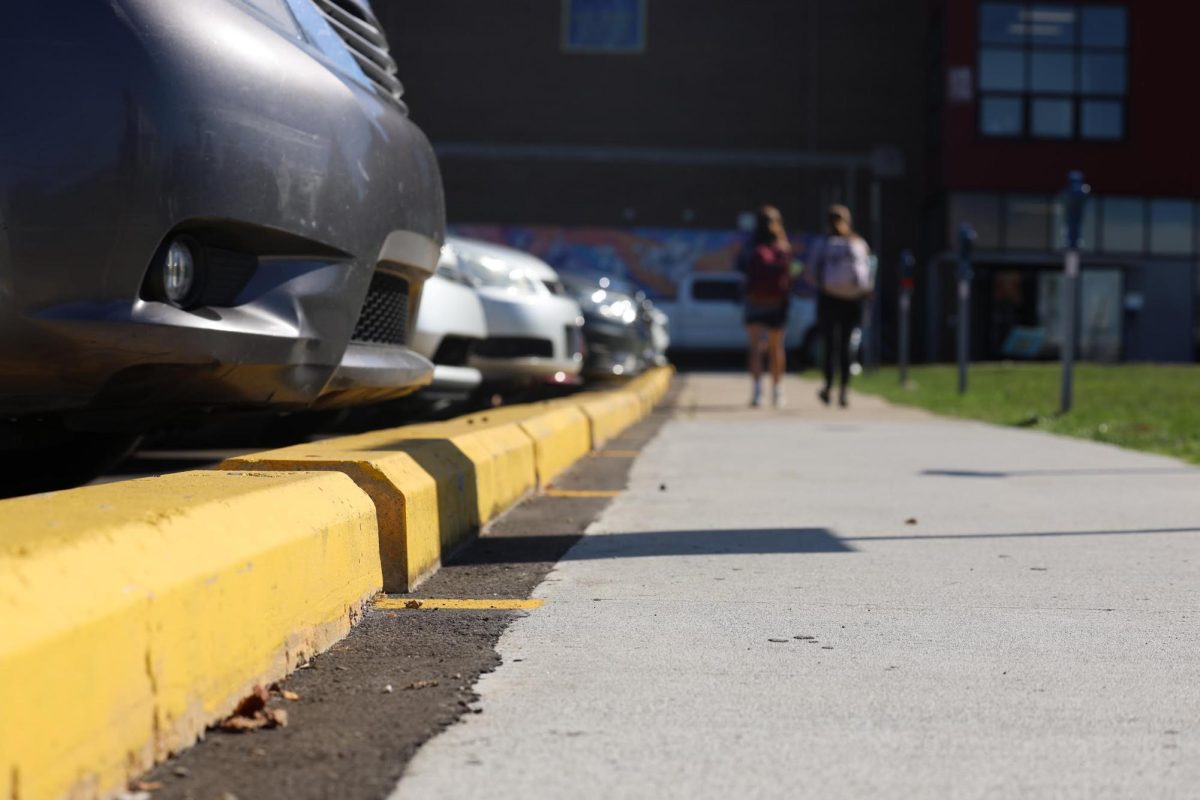Education is something we are lucky enough to be able to take for granted. No matter where you live in the United States, it is guaranteed by law that you have the opportunity to attend school. The quality of these schools is certainly variable, but at least they exist.
In a state with 14.7 percent unemployment, cuts have to start somewhere. Anyone who expected the statewide budget to continue plugging along as usual is not in tune with the current economic situation. However, I was extremely surprised at the number and severity of the cuts imposed on education funding.
This sentiment was clearly shared by those attending the Ann Arbor Public Schools’ Budget Forum on Tuesday, January 12th. The frustration, verging on despair, was palpable.
Everyone has heard the spiel in support of public education funding: our children are the future, it is a moral and legal obligation to educate our state’s youth, a better-educated generation is a more prosperous generation. These are good, convincing, solid arguments and I would be surprised to find anyone who disagrees with them. But Michigan is badly in need of money, and it is clear that cuts need to be made in many, if not all, areas.
While Jennifer Granholm and the state legislature mandated cuts, I was convinced the citizens and communities who benefited and interacted with public school systems would protect education.
It seems I was wrong. Although the countywide Regional Enhancement Millage passed in Ann Arbor, a 57 to 43 percent majority voted down the proposal.
I have no doubt that if given this choice at a different point in our country’s history, the opportunity to raise money for struggling schools facing severe state budget cuts would have succeeded.
If families facing the worst economic times since the Great Depression are given the choice between putting food on the table and raising money for schools that are guaranteed to stay open by federal law, it is obvious which will take precedent. It is safe to say that no foreseeable budget cuts would ever completely close the Ann Arbor Public Schools, or any district in the county. The very idea of a free public education is what is costing the students of Washtenaw County.
Innumerable rumors and unverified claims have consumed Community High School and the district since the failure of the millage. The budget meetings, aimed at students and parents, attempt to clear the air.
While perceptible hostility has permeated the gatherings, there is clearly interest in moving forward. The attendees of the meeting in the Skyline gathering area were asked to fill out a survey with suggestions and concerns regarding proposed budget cuts.
After a forty-minute presentation outlining suggested cuts in the next three semesters, there were plenty of concerns and suggestions.
The frustration was apparent; it was clear that each cut was met with disbelief. This is understandable, but a School Board faced with probable cuts of 300 dollars per student in the next semester and another proposed 300 dollars per student in the 2010/2011 school year has tough choices to make.
It is clear that the AAPS will do everything in its power to prevent budget cuts from affecting its many students, but it is also clear that changes will be felt in many areas.
In the proposed budget that the district has outlined, the most noticeable cuts would come in transportation and extra-curricular activities. There is talk of eliminating noon-hour buses for kindergarteners, as well stopping the shuttle buses from CHS to the big high schools. In addition, neighborhood bus routes would be consolidated.
The School Board has also suggested consolidating extra-curricular activities by implementing a “pay-to-play” system. Athletes would be required to pay to participate in varsity sports. So as not to discriminate against students who could not afford these costs, there would be a scholarship program to ensure maximum participation. It is also a possibility that the schedules of 9th Grade and Junior Varsity sports teams would be reduced.
None of these processes has been implemented or decided upon, but there are many options on the table. The AAPS is considering filling any vacancies in classrooms by bringing in kids from outside of the district. This would result in increased revenue for the school system.
Whether it is waiting to replace textbooks, not filling vacant positions, examining energy costs, or offering more online classes, none of the decisions to save money are easy fixes. The school district faces a daunting task that seems to have no finish line.
Through all of the foreboding propositions there was a spot of light at the budget meeting last Tuesday, January 12th. As a CHS student I braced myself for a string of misinformed, but passionate, claims that Community and alternative programs like it were the trouble with the AAPS. I expected people to say that the budget problems could be solved if Community was closed.
I was pleasantly surprised to find that no one who voiced their opinions that night had anything negative to say about Community High School. In fact, there was quite a contrary reaction. Parents as well as staff supported the expansion of alternative programs like Community and Ann Arbor Open because both have waiting lists year after year.
It is governmental actions, including Governor Granholm’s line item veto of nearly 52 million dollars for school districts, including the AAPS, that spend more than the state average, that are causing severe cuts at the district level. However, the reductions are the result of a more localized phenomenon as well.
In a country where education is guaranteed, it is taken for granted that public schools will always be an option. When Americans are forced to make choices between education and more basic necessities like food and shelter, they look to the legislators to keep the schools running.
These statewide budget cuts will certainly not shut down the AAPS, but they could change the way students from Ann Arbor learn. It is obvious that budget reductions are necessary at this moment in history, but public schools shouldn’t be bearing anything close to the brunt of the cuts.
Perhaps cuts to education funding are needed today, but schooling should never be a place where cuts are made hastily or tactlessly. Public education is just too important.
It is easy to talk about cutting a dollar here or there, but it is imperative that the profound way in which schooling can shape a child be taken into account, because it is truly impossible to put a price on a good education.
Click here to view the AAPS “Understanding the 2009/2010 Budget” guide.




